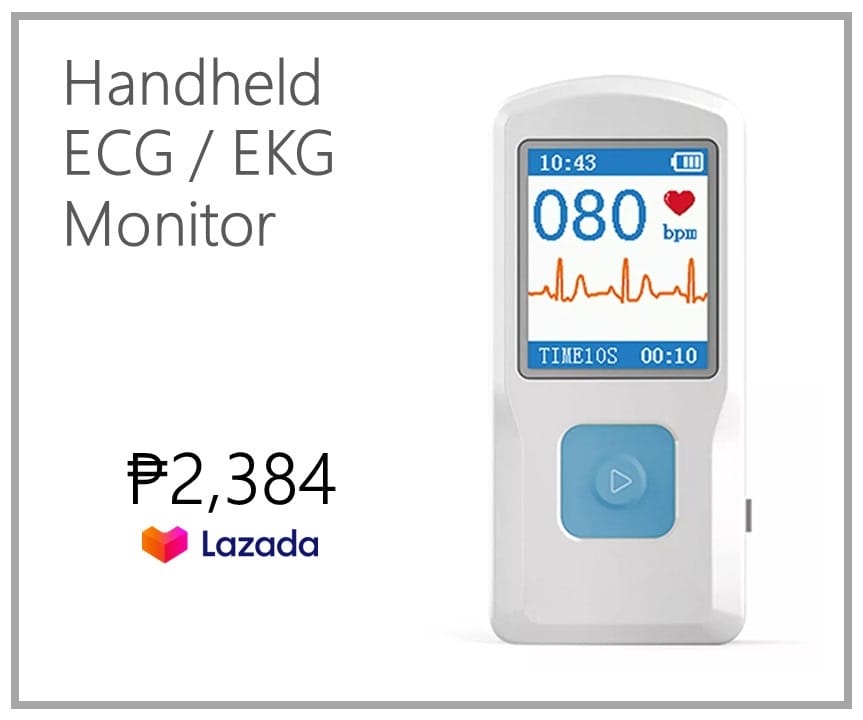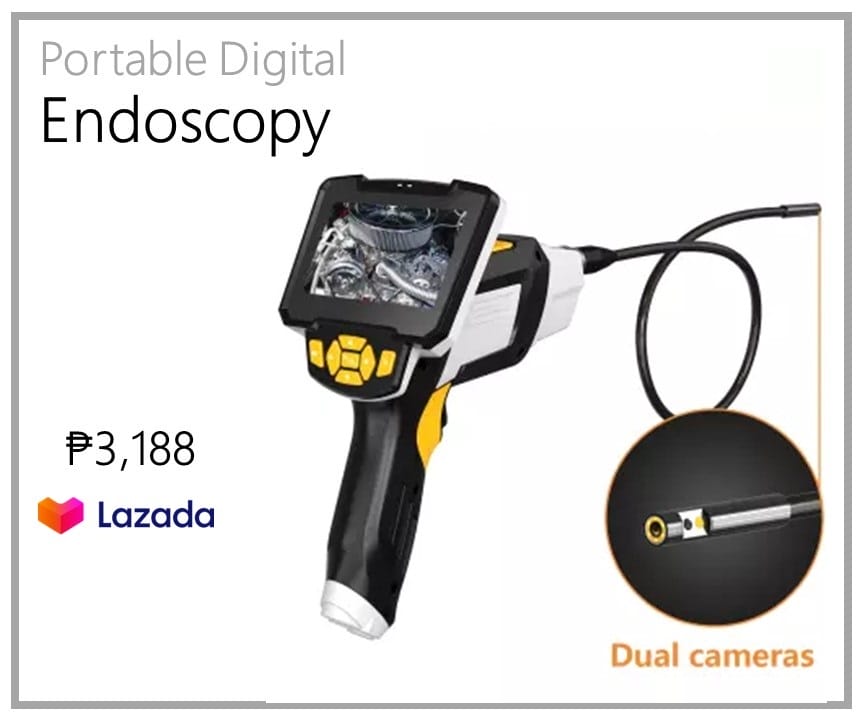Table of Contents
Oral glucose tolerance testing (OGTT) is a test that is used to evaluate the body’s ability to process glucose. It can be used to diagnose and monitor Diabetes Mellitus. In this article, we will discuss what you need to know about OGTT before your appointment. Find out what oral glucose tolerance testing entails—a blood test to diagnose diabetes and pregnancy.
What Is The Purpose Of An Oral Glucose Tolerance Testing?
The glucose tolerance test, sometimes called the oral glucose tolerance test, assesses your body’s reaction to sugar (glucose). An examination for type 2 diabetes using glucose tolerance is also possible. Diagnosing gestational diabetes, a kind of diabetes that manifests during pregnancy, is also measured more frequently using a modified version of the glucose tolerance test.
Before your fasting blood glucose level becomes abnormal, the glucose tolerance test can often detect irregularities in how your body manages glucose after a meal.
Who is Advised to Take An Oral Glucose Tolerance Test?
Often, people with elevated blood glucose levels have a family history of Diabetes, and Pregnant women are the ones commonly advised to take the Oral Glucose Tolerance Test.
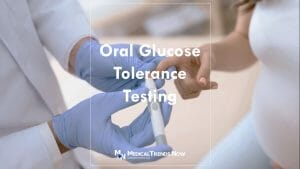
What Can I Expect Prior to Oral Glucose Tolerance Testing?
If you are scheduled to have an oral glucose tolerance test (OGTT), your doctor will give you specific instructions on preparing for the test. It is important that you follow these instructions carefully to ensure accurate results.
Generally, you will be asked to fast for 8 hours before the test. You should not eat or drink anything except for water during this time. You may also be asked to avoid strenuous activity during the fasting period.
Once the fasting period is over, a healthcare professional will take a blood sample from a vein in your arm. This sample will be used to measure your fasting blood sugar level.
Then, you will be given a drink containing 75 grams of glucose. You will need to consume the entire drink within 5 minutes. Blood samples will then be taken at 1 hour and 2 hours after you finish drinking the glucose solution. These samples will measure your blood sugar levels at 1 hour and 2 hours after consuming glucose.
What Are The Risks of Taking The Test?
The dangers of collecting a blood sample are minimal. You can bleed or get bruised after having your blood drawn. Additionally, you can have light-headedness or vertigo. After your procedure, infection is occasionally a possibility.

How Often Should I Have an Oral Glucose Tolerance Testing?
Your doctor may recommend that you have an OGTT every one to three years, depending on your risk factors for diabetes. If you have had gestational diabetes, you should have an OGTT every three to five years. If you develop any symptoms of diabetes, such as increased thirst or urination, fatigue, or blurred vision, you should be tested more frequently.
What Specimen is Used for Oral Glucose Tolerance Testing?
An oral glucose tolerance test is conducted using blood extracted from the patient. This will then be spun in a clinical centrifuge to obtain the serum. The serum will then be measured for the glucose level for fasting, the first hour and the second hour.
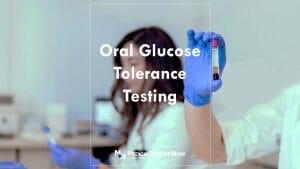
Who Can Administer the Oral Glucose Tolerance Test?
Licensed Medical Technologists or Lab technicians commonly extract the samples and therefore examine them.
How Do I Prepare For My Oral Glucose Tolerance Testing?
1. Prior to the Test
In the days leading up to your test, you should avoid strenuous activity or exercise, as this can influence your blood sugar levels. You should also continue to eat a normal, balanced diet and avoid sudden changes in your eating habits. On the day of the test, you should fast for at least 8 hours before the test is scheduled to begin. During this time, you can only drink water.
2. During the Test
There are various steps involved in the glucose tolerance test. A Medical Technologist or a Laboratory Technician will draw blood from a vein in your arm when you visit the lab. Your fasting blood glucose level will be determined using this sample of blood.
If you are testing for Type 2 Diabetes:
- You’ll consume around 8 ounces (237 milliliters) of a syrupy glucose solution that contains 2.6 ounces (75 grams) of sugar.
- Your blood glucose level will be assessed once more two hours later.
If you are testing for Gestational Diabetes:
Between 24 and 28 weeks of pregnancy, low-risk pregnant women should have a one-hour blood glucose challenge test to check for gestational diabetes. If you have a higher chance of developing gestational diabetes, your doctor could advise getting screened early. Risk elements could consist of:
- Diabetes during pregnancy earlier in the cycle
- Family diabetes history
- Obesity
- Having a medical condition like polycystic ovary syndrome or metabolic syndrome that is linked to the development of diabetes
A three-hour glucose tolerance test may be recommended if your doctor decides you’re at risk or you had a suspicious result on the one-hour test.
You will be required to arrive at the laboratory without eating or drinking anything for the preceding eight hours. There will be a fasting blood sugar measurement.
A glucose solution containing 3.5 ounces (100 grams) of sugar will be consumed roughly 8 ounces (237 milliliters).
After you consume the solution, your blood sugar will be checked again after one, two, and three hours.
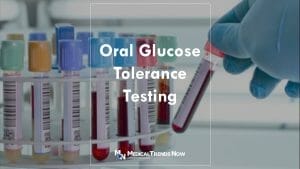
How Long Will My Oral Glucose Tolerance Test Take?
The glucose tolerance test usually takes around three hours to complete. During this time, you will need to fast for at least eight hours beforehand and will only be able to drink water. The test involves consuming a sugary solution and checking your blood sugar at various intervals afterward.
Evaluating Oral Glucose Tolerance Testing Results
Physicians are the ones evaluating and diagnosing based on the lab results submitted. However, knowing how to comprehend the result outputs is also important.
Two hours after ingesting the glucose solution, if you’re undergoing a type 2 diabetes test:
- A blood glucose level of less than 140 mg/dL (7.8 mmol/L) is considered normal.
- Impairment in glucose tolerance, or prediabetes, is a blood sugar level between 140 and 199 mg/dL (7.8 and 11 mmol/L). You run the chance of later acquiring type 2 diabetes if you have prediabetes. Even if you do not develop diabetes, you still risk acquiring heart disease.
- Diabetes may be detected by a blood glucose level of 200 mg/dL (11.1 mmol/L) or greater.
Your doctor may repeat the test on a different day or order another blood test to confirm the diagnosis if the results of your glucose tolerance test point to type 2 diabetes. The accuracy of the glucose tolerance test can be impacted by a number of variables, including health, level of exercise, and some drugs.
If you’re being tested for gestational diabetes
Regarding the three-hour exam:
- A fasting blood glucose level of less than 95 mg/dL (5.3 mmol/L) is considered normal.
- A normal blood glucose level is less than 180 mg/dL (10 mmol/L) an hour after consuming the glucose solution.
- A normal blood glucose level is less than 155 mg/dL (8.6 mmol/L) two hours after consuming the glucose solution.
- A normal blood glucose level is less than 140 mg/dL (7.8 mmol/L) three hours after consuming the glucose solution.

FAQs
What Do The Glucose Tolerance Test Results Mean?
Oral glucose tolerance testing aims to determine how well the body can process sugar in the blood. Results will indicate whether blood sugar levels remain stable an hour or two after ingesting a high-sugar drink (glucose). Suppose the fasting glucose level is higher than normal but drops within two hours after drinking the sugary drink. In that case, it indicates that your body may be unable to properly regulate its blood sugar levels.

How Does Medtech Screen For Type 2 Diabetes?
Oral glucose tolerance testing (OGTT) is a diagnostic and management tool used to determine if an individual has type 2 diabetes. It is primarily used to diagnose people with impaired fasting glucose or pre-diabetes, which increases their risk of developing full-blown type 2 diabetes. The OGTT involves drinking a sugary solution and having blood sugar levels checked at regular intervals for two hours afterward.
The OGTT measures the body’s ability to absorb and metabolize the glucose ingested in the test drink. If the body can’t handle it properly within two hours, it may indicate that you have type 2 diabetes or pre-diabetes. This test provides more accurate results than simply checking fasting blood sugar levels alone.
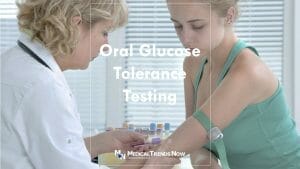
What is Glucose Test For Diabetes Mellitus?
Diabetes mellitus is a chronic and complex metabolic disorder that affects millions of people around the world. It is characterized by high blood glucose levels, which can cause serious health complications if left untreated. One of the most commonly used methods to diagnose diabetes is an oral glucose tolerance test or OGTT. This test involves drinking a sugary solution and then having your blood sugar level tested after two hours to determine whether you have diabetes.
The OGTT is typically recommended for people who are at risk for developing diabetes or have symptoms such as frequent urination, increased thirst, fatigue, weight loss, or blurred vision. During the OGTT, your doctor will ask you to drink a special sugary solution containing 75-100 grams of glucose. Two hours later, your doctor will draw blood from your arm and measure your blood sugar level using a glucometer or laboratory testing method.
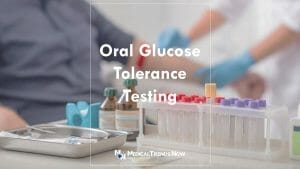
What is Gestational Diabetes And OGTT?
Oral glucose tolerance testing (OGTT) is an important tool for diagnosing gestational diabetes, a common form of diabetes in pregnant women. During OGTT, a pregnant woman drinks a concentrated glucose solution. Then she has her blood sugar levels checked at designated times over the next two hours to evaluate how well her body can process sugar.
Gestational diabetes occurs when high levels of sugar are circulating in the mother’s bloodstream during pregnancy, which can cause serious health risks for both the mother and baby. Women at high risk for developing gestational diabetes may receive OGTT as part of their prenatal care. It is important for these women to closely monitor their blood sugar levels throughout pregnancy to ensure that their health and the health of their unborn babies remain optimal.

How To Screen For Gestational Diabetes?
Gestational diabetes is a condition that affects pregnant women, in which the body does not produce enough insulin to process glucose, leading to high blood sugar levels. This can be dangerous for both mother and baby as it can cause complications during childbirth. Fortunately, gestational diabetes can be detected through a simple test called an oral glucose tolerance test.
The oral glucose tolerance test measures how well the body processes sugar from food. During this test, a woman will drink a special sugary beverage containing 50 grams of glucose and then have her blood drawn after two hours to measure her blood sugar levels. High blood sugar levels indicate gestational diabetes and may require treatment with insulin or dietary changes. Women who are at risk for gestational diabetes should discuss this screening with their healthcare provider before becoming pregnant or early in their pregnancy so they can get timely diagnosis and treatment if needed.
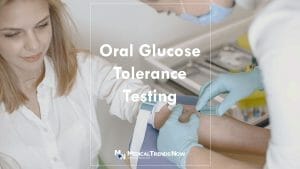
What Is The Plasma Glucose Test Used For?
Plasma glucose is the amount of sugar in your bloodstream. It plays an important role in diagnosing and monitoring diabetes, as well as other conditions that affect your body’s ability to process carbohydrates. Oral glucose tolerance testing (OGTT) measures plasma glucose levels over time. The OGTT measures how much glucose you can manage after drinking a special sugary drink. This test can diagnose diabetes, prediabetes, or gestational diabetes in pregnant women.
During the OGTT, you will receive instructions on how to fast for 8-12 hours before your appointment and then consume a sweet beverage containing 75 grams of glucose within five minutes. Blood samples will be taken before and two hours after consuming the drink to measure your plasma glucose level at different points during digestion.

What Is Fasting Plasma Glucose?
Fasting Plasma Glucose (FPG) is a commonly used laboratory test that can evaluate a person’s glucose levels. It is usually measured as part of an Oral Glucose Tolerance Test, which examines how the body processes sugar. During the FPG, a patient’s blood sample will be taken after fasting for eight hours and then tested to measure their glucose level. If the FPG result shows higher than normal glucose levels in the blood, it may indicate diabetes or pre-diabetes.
A physician may order this test if they are concerned about a patient’s risk for diabetes or if they want to investigate whether someone has developed diabetes since their last medical visit.

The Glucose Tolerance Test Is Used By Doctors For What?
When undergoing an OGTT, your doctor will give you a special beverage containing 75 grams of glucose dissolved in water. After this, your doctor will take multiple samples of your blood at intervals over the course of two hours. They will measure the glucose concentration in each sample, indicating how well your body responds to high sugar levels. Your results can help determine your risk of developing diabetes or another metabolic disorder. Furthermore, it can provide insight into how certain medications work to treat existing health issues related to sugar metabolism.
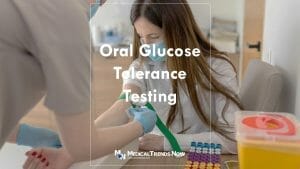
The Test Is Performed By Who?
So, who performs OGTT? The answer depends on which country you are in and what kind of doctor you see for your diabetes care. In most countries, OGTT is performed by physicians with expertise in diagnosing and managing diabetes, such as endocrinologists or diabetic specialists. However, sometimes family medicine doctors will also do this test if no other options are available.
Final Thoughts
Knowing the results of your glucose tolerance test is an important part of managing your diabetes. Being aware and understanding what these results mean, aside from the Physician’s advice, can help you make better decisions about your health.
Sources
- Oral Glucose Tolerance Test (OGTT) to Diagnose Gestational Diabetes Mellitus (GDM) – American Association for Clinical Chemistry
- ADA criteria for diagnosis of diabetes – American Diabetes Association
- Symptoms, Monitoring, Diagnosis of Diabetes – American Heart Association
- Blood Glucose Test: MedlinePlus Medical Test
- Diagnosis of gestational diabetes – American Academy of Family Physicians
- Impaired Glucose Tolerance and Impaired Fasting Glucose – AAFP
- Types of diabetes – Diabetes UK
- What causes abnormal glucose tolerance? Impaired Glucose Tolerance (IGT) – Diabetes UK
- Developing type 2 diabetes – Type 2 Diabetes: What is It, Causes, Symptoms, Risk Factors – Cleveland Clinic
- Insulin Resistance & Prediabetes: Diabetes or prediabetes – National Institute of Diabetes and Digestive and Kidney Diseases
- Diabetes and Pregnancy: Diabetes in low-risk pregnant women – CDC
- Risk of developing gestational diabetes – Tommy’s
Disclaimer
This website is intended to educate both members of the general public and those working in the medical field on the prevalence, causes, and methods for preventing, diagnosing, and treating diseases that affect people throughout their lives. This website’s content is provided solely for informational reasons and is not meant to serve as a substitute for the advice of a qualified medical practitioner.



